I know that camping with small children can seem really intimidating. Perhaps just crazy.
Especially if you have more than one small child.
You wonder what they will do to occupy themselves? How will they sleep? More importantly, how will you get any sleep if they are not sleeping? (amiright ?!)
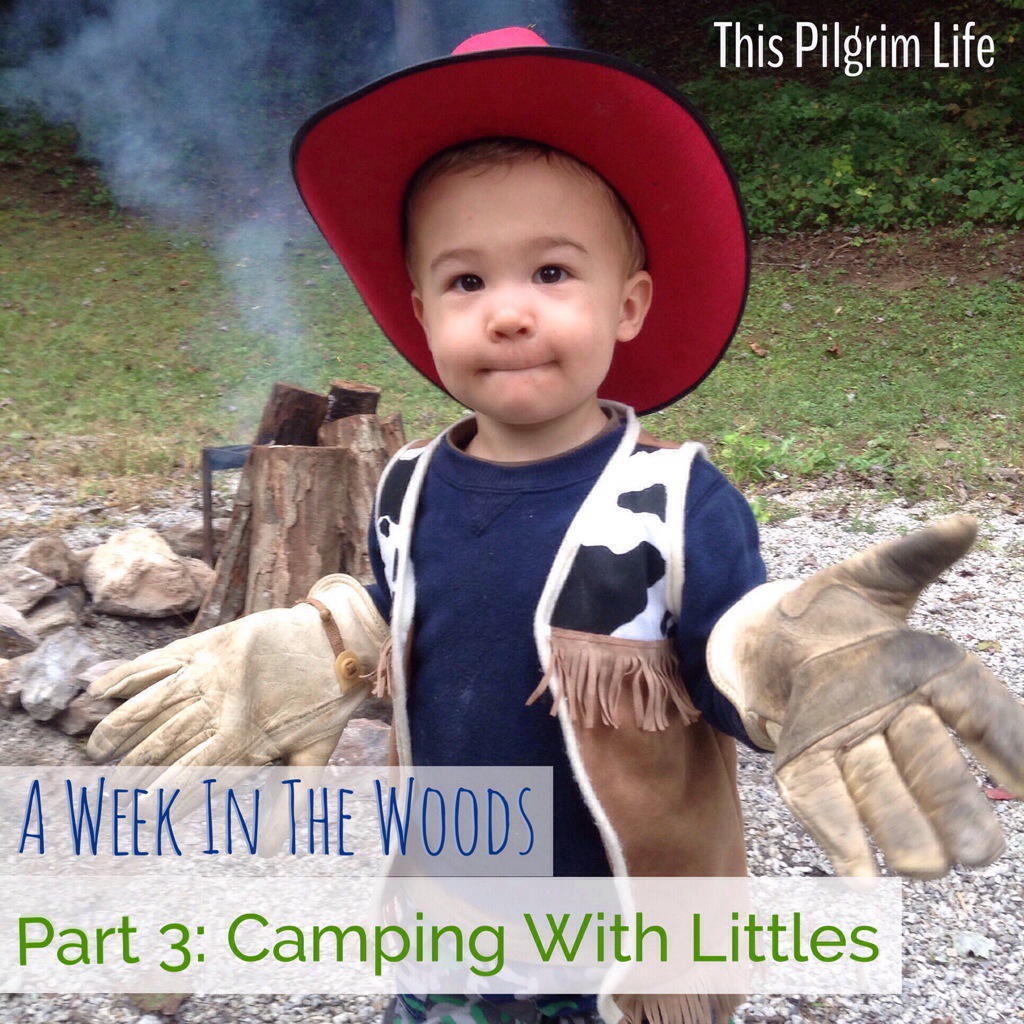
Maybe you have already had a negative experience and are not in a hurry to see if history will repeat itself.
Our family and many others have found that camping with small children doesn’t have to be a nightmare.
In fact, it can be a great time.
You may disagree, and that’s fine. I know it’s not for everyone. But I do think it’s well worth the effort and the adjustment.
Ten Tips for Camping with Small Children
Pack
1. Bring plenty of clothes but don’t stress a little (okay, a lot) of dirt.
The trick is finding the balance between being prepared and packing like you may never return home. Pack enough clothes for every day and then add a few more. If you have a baby or a child potty training (we will have both this year!) then the amount of clothes needed increases a bit.
Go into the trip knowing that you will ALL be dirty, a little stinky, and no worse for the wear. If an article of clothing is dry and unsoiled, then it can be worn again. And of course, no Sunday-best needed. Casual and comfortable with a couple options to layer.
2. Pack shoes and clothes for various types of weather.
We pack three pairs for each (walking) camper. Hiking shoes. Water/wading shoes. Rain boots.
3. Pack sensible food.
It’s best to avoid much junk food that will turn your kids into crazy people. We have s’mores a couple of nights. And a bag of potato chips is a treat more than a staple in our home.
But really, any parent can tell you that if a child eats too many sweets or too much junk food, then he is likely to be alternately whiny or grumpy or hyper. (Ask me how I know).
Camping is already a change in routine. Set everyone up for success by having good food choices available.
Play
4. Bring toys that invite interaction with nature.
Leave electronics at home. (That goes for yours too).
Pick a few toys to bring along that encourage your children to engage with their surroundings. Possible ideas include:
- tractors, shovels, and pails
- binoculars, magnifying glass, bug house
- art supplies to draw or paint a still life or camp scene
- explorer/hunter gear
- a handful of books about nature
5. Remember why you are camping in the first place. Slow down. Participate. Observe. Together. (Don’t overdo it).
DO do things that you do not typically have opportunity to do. Go on a hike and stop to admire/discuss what you see. Teach your kids how to walk carefully in a flowing stream. Share a favorite outdoor activity like fishing or climbing.
DON”T feel the need to schedule every part of your day. Leave plenty of downtime to relax around the fire, play and explore the campsite, and enjoy a leisurely pace at mealtimes.
“It takes time– loose, unstructured dreamtime–
to experience nature in a meaningful way.”
Last Child in the Woods
Rest
Every child is different when it comes to sleep. I have had to learn this myself and so I will not attempt to write prescriptive instructions for every child. That would be presumptive and foolish. But this is what has worked for us.
6. Take advantage of napping and resting opportunities.
Napping in a tent in the middle of the day with nothing to block out noise or sunshine is difficult. If your child is young enough, then this may not pose a problem at all. In my experience, though, once a baby becomes more aware of his surroundings (four or five months old) it is harder to settle down to sleep in such an environment.
We try to order our days so that there are opportunities for the kids to sleep while driving in the van, during a hike, or together in the tent or hammock. Flexibility and creative thinking are important on a camping trip. If your kids are not settling down on their own, then try taking a nap together.
And if all else fails, reassure yourself that bedtime isn’t far off and no nap means tired kids who are ready for sleep when the sun goes down.
7. Plan for appropriate sleeping needs.
Do you need to bring a pack-n-play? Multiple air mattresses? Who is old enough to sleep in a sleeping bag? If not in a sleeping bag, then what do they need to wear to stay warm?
These are important questions to consider before your trip. Remember that it gets cool at night and that most young kids move around so much in their sleep that they are not likely to stay in a sleeping bag.
For a baby: dress in long-sleeve onesie and a long-sleeve fleece sleepsack. Optional socks/pants depending on the weather. For toddlers/young children: layer pajamas/blankets as needed. We have also had each child wear a toboggan on their heads to sleep in cooler weather.
8. Bring one or more baby carriers for hiking and napping on-the-go.
I couldn’t get by without my baby carriers. They are invaluable around town. On a camping trip, their value skyrockets. As babies and young toddlers, our kids sleep well in baby carriers. Especially when they are worn out from hiking.
Pack your favorite carrier(s) and keep it ready on hikes or around the campsite. (Our favorite carriers for camping are our Ergo and a backpack style carrier with a metal frame, perfect for an older toddler).
Camp
9. Pick a campsite that suits the needs of your family.
Campsites can vary in degrees of isolation, nearness to outhouses, accessibility to amenities, opportunities for local excursions, and so on. We prefer to be as isolated as possible, while still able to park near our site. Trees, trees, and more trees please. The last time I went camping, I was about 6 months pregnant, making close proximity to an outhouse more of a priority than on previous trips. Also, if you have small children, you may not want to be too near water if wandering off is a concern. Discuss what you value in a campsite and then select a site accordingly.
10. Stay safe.
Learn to identify poison ivy.
Pack a first aid kit.
Take precautions for campfire safety. Make sure there is not anything near the fire that could trip up little feet. Set clear rules about how close children can approach the fire from the beginning. Use a pack-n-play or similar constraining measures for babies to prevent them from getting too close.
And simply stay alert and watchful.
{Also check out: Kids in the Outdoors: Addressing Fears & Safety}
This list is not complete without your tips and suggestions! Share an important tip I left out and help make this a great resource for camping families!
As always, ask if you have a question and I will try and help.
A Week In The Woods: Series on Camping
Part 1: Just Go!
Part 2: What to Eat
Part 3: Camping with Littles
PART 4: A SAMPLE ITINERARY
PART 5: TIP ROUNDUP
When I Wanted to Quit and Why I’m Glad We Didn’t
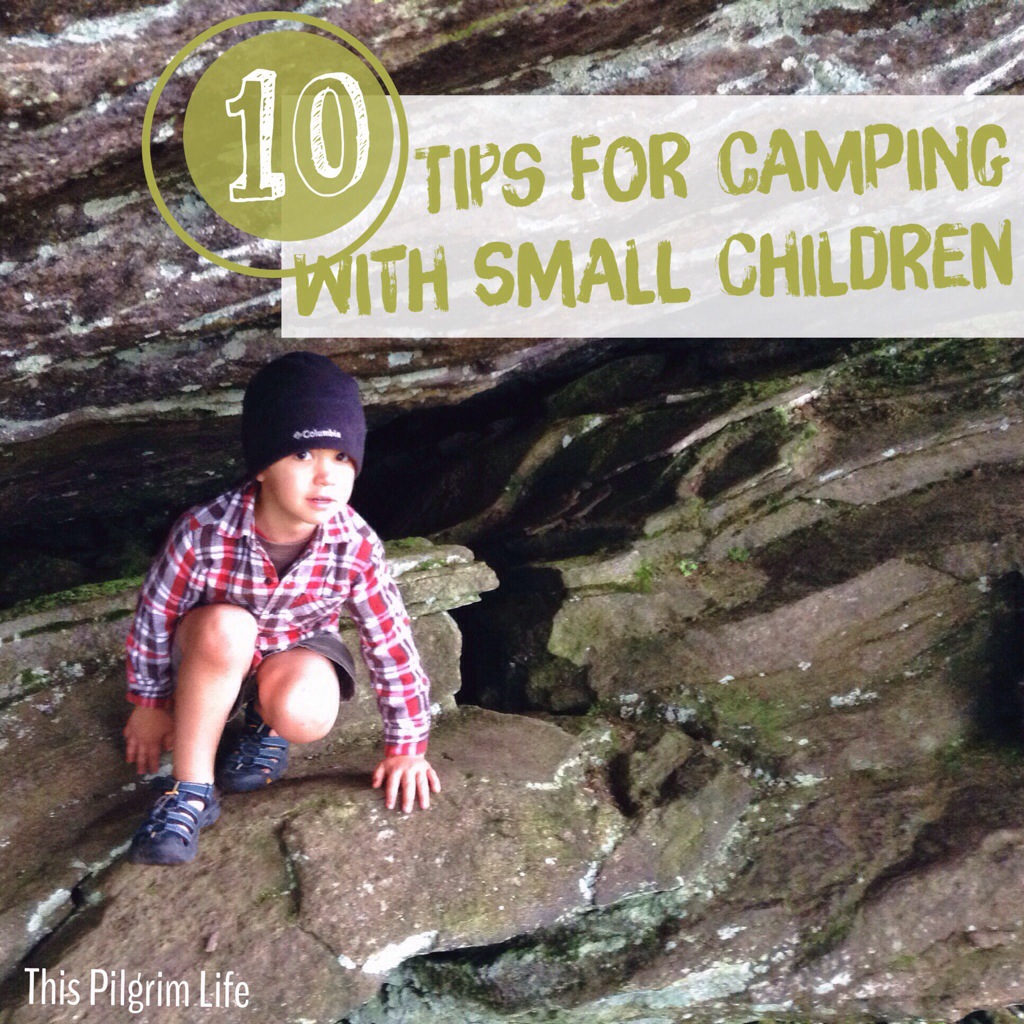
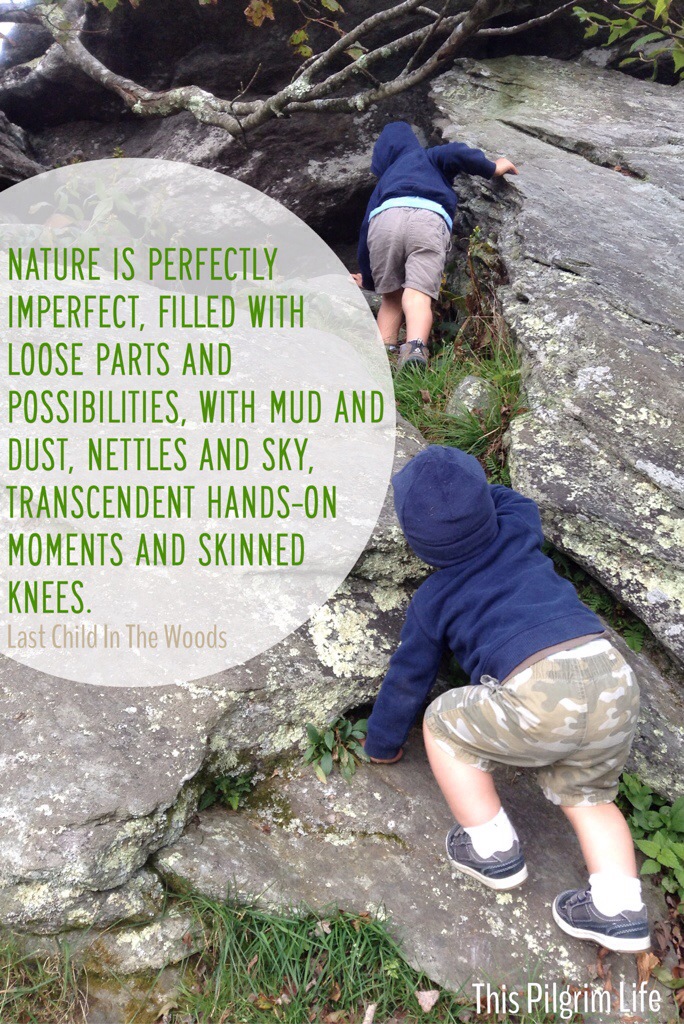
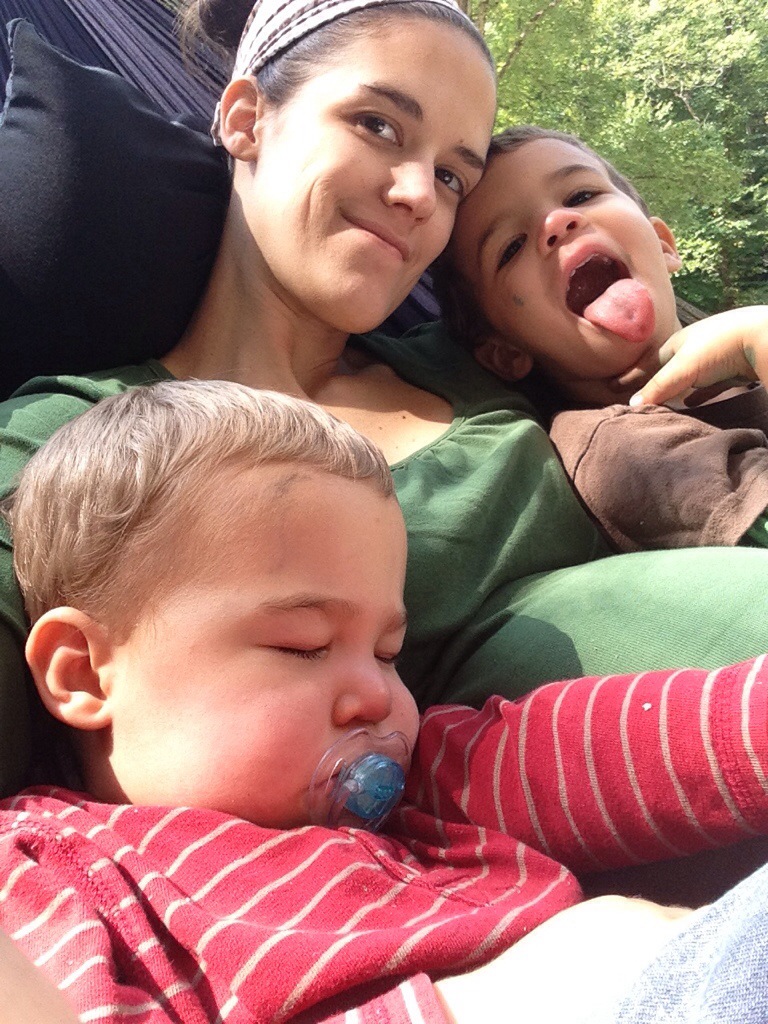
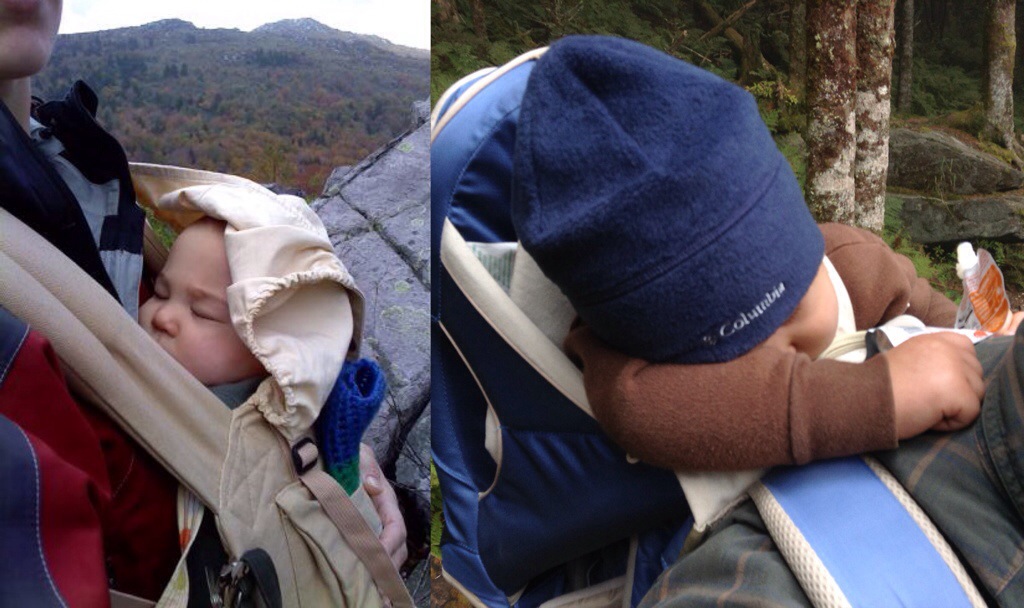
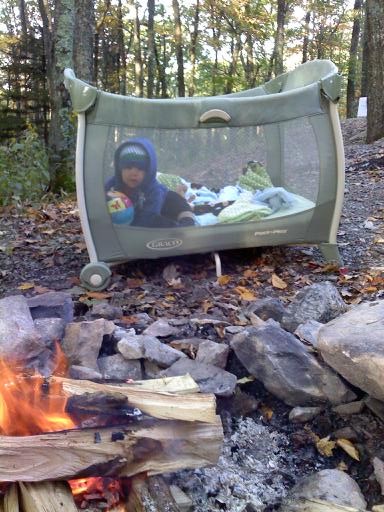

This was a great post full of helpful advice! I grew up camping, too, and love sharing that with my kiddos!